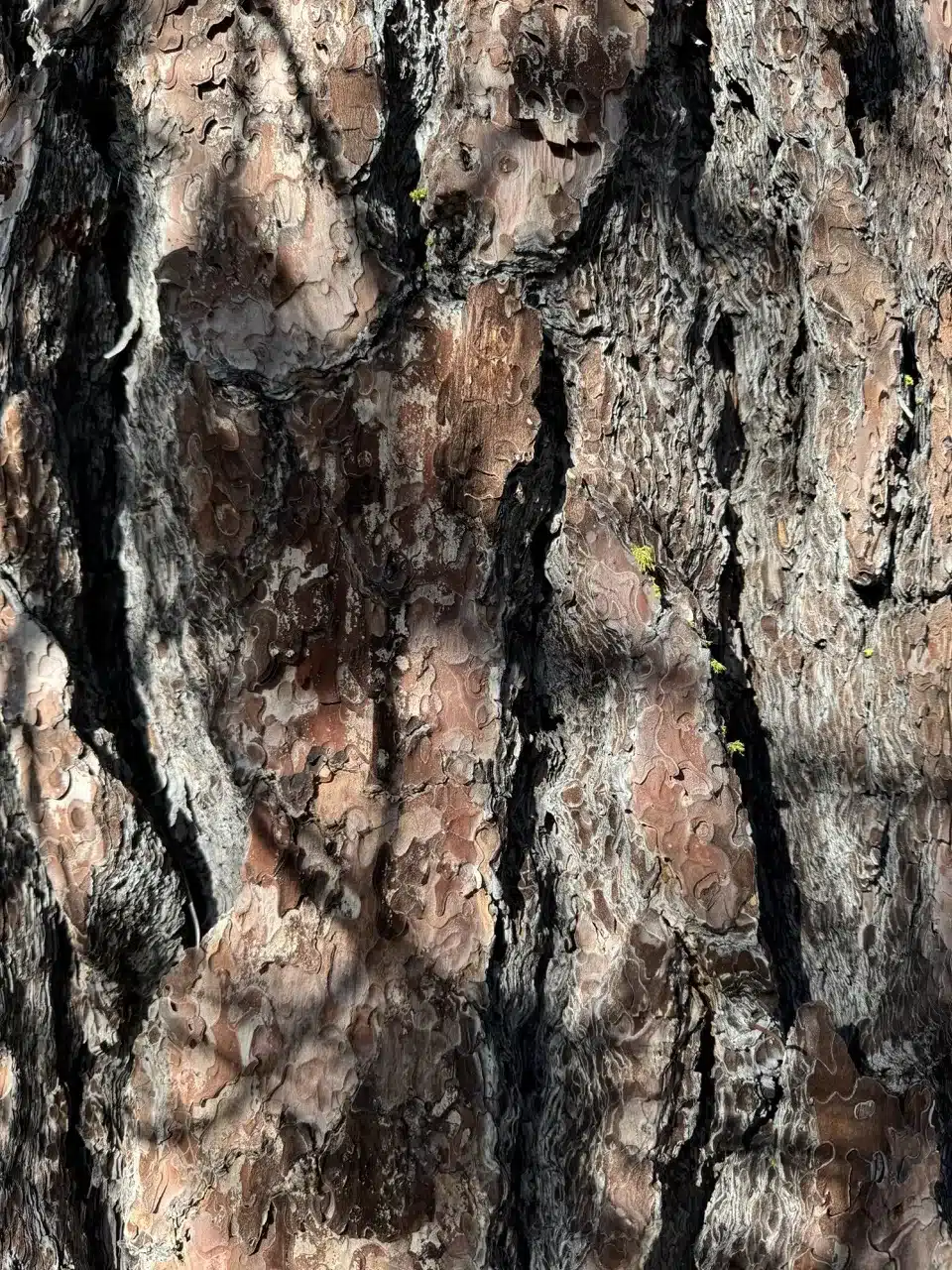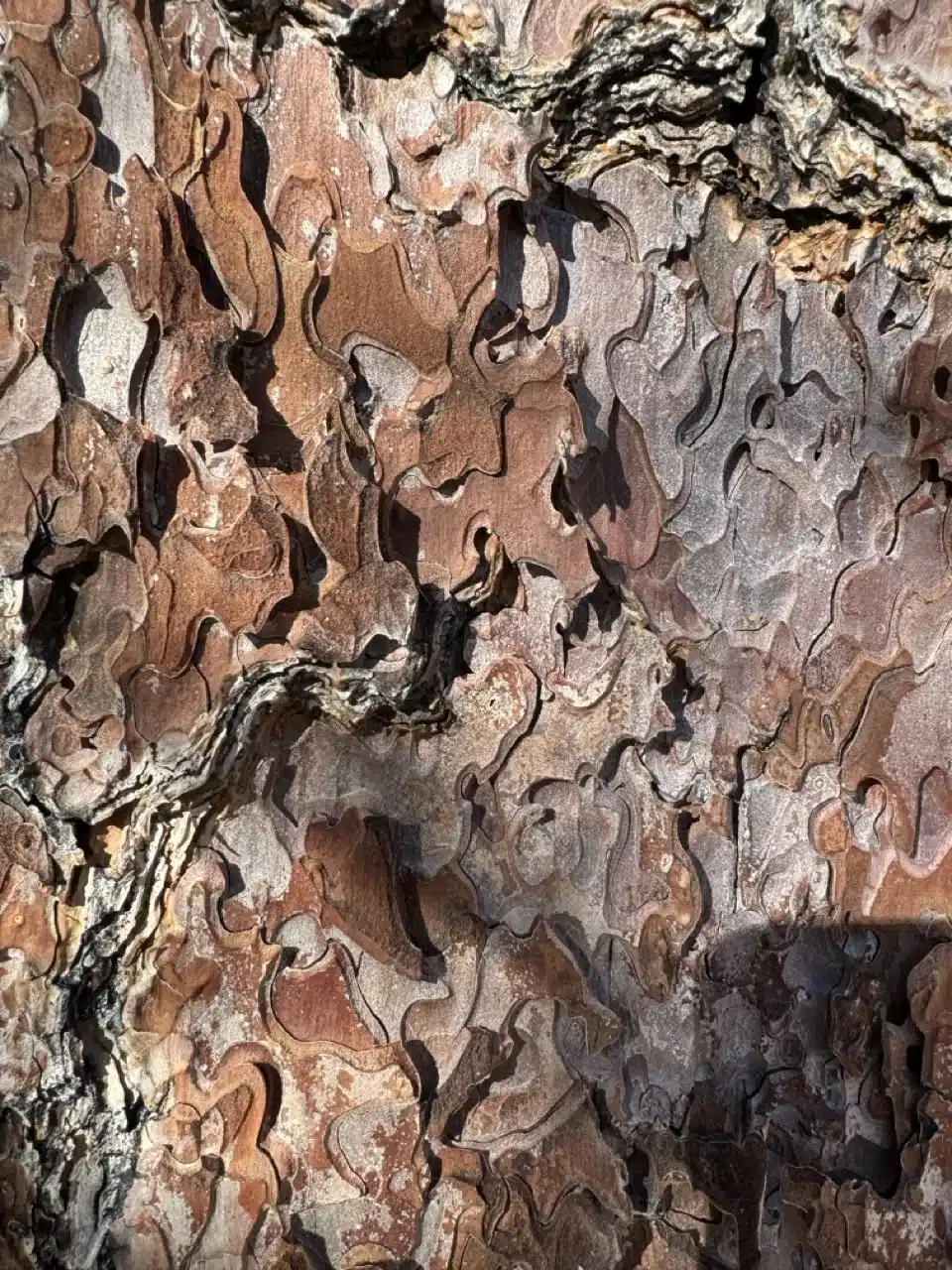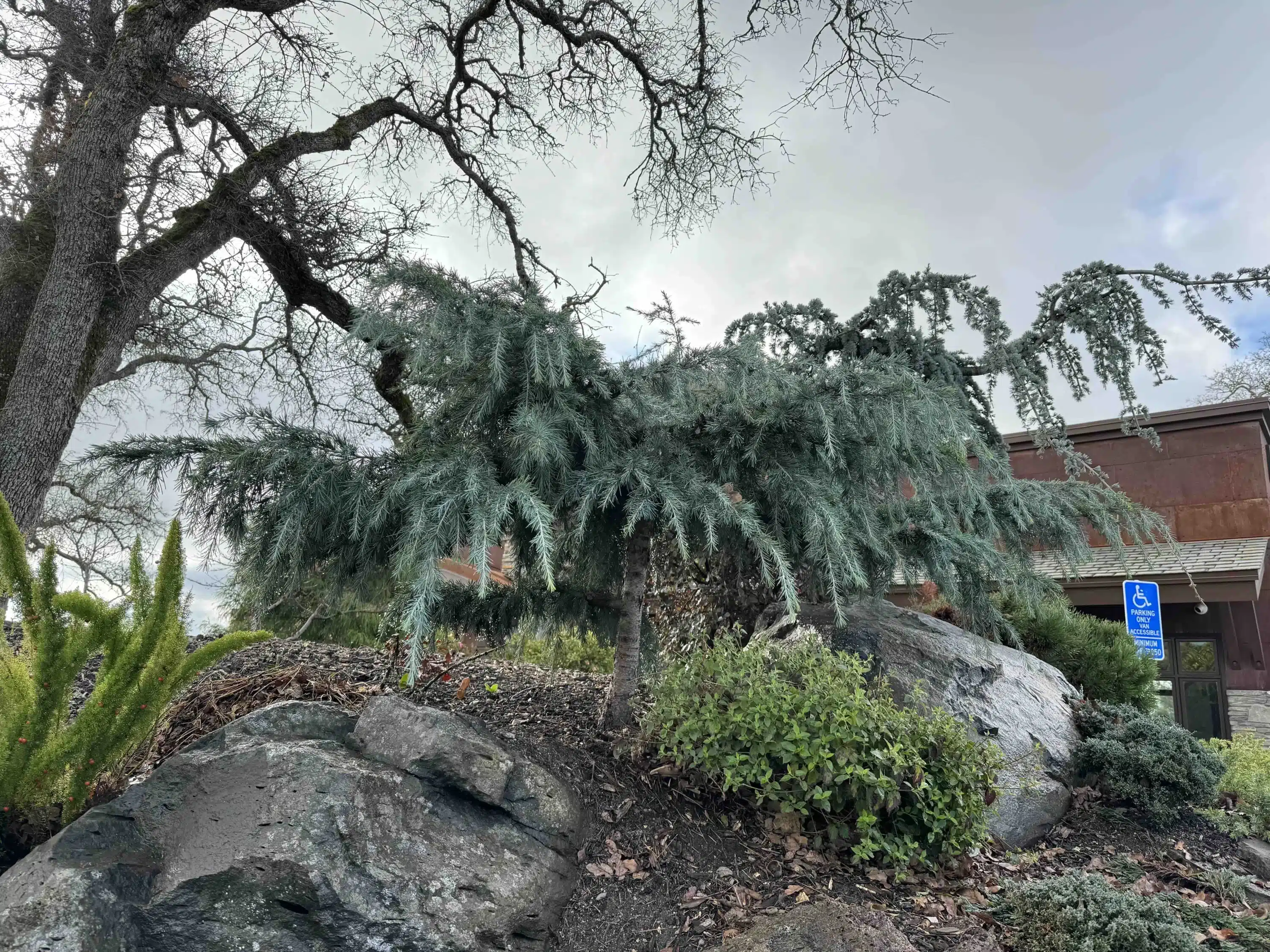Tree and Plant Health: The Essential Role of Bark in Landscapes

Bark decays to create mycelium. Mycelium assists plant roots in absorbing nutrients from the dirt; similar to the way that your gut bacteria help you to digest your food. Mycelium actually will augment your innate immune system: “Testing by NIS Labs confirmed that these three mycelium-centered products: increase innate immune cells for protection* activate white blood cells for immune strength* regulate immune cell compounds for a balanced immune response.” Check out my article on the “Health benefits of Mushrooms“.
I am constantly reminded of how powerful nature is; my friend Stella hosted a nature walk last week and taught that willow trees are actually the source for aspirin. It’s always fun to remember that we are generally ‘discovering’ science, rather than inventing things from nothing. It reminds me of recent advances in machine learning and AI; we are limited by our knowledge of ourselves!
In the intricate tapestry of a garden, every element plays a pivotal role in creating a harmonious and sustainable ecosystem. From the trees, to the flowering shrubs and overhanging evergreens to the dirt that supplies the plants with nutrients to the rocks that shade the plants and the movement of the sun’s warmth and rays through the canopy. Everything becomes harmonious. Bark—an often overlooked component—holds a unique place in contributing to the health and vitality and aesthetic of a landscape. Its journey from the protective outer layer of trees and shrubs to the ground to become dirt as it decays; bark is a critical component of the soil ecosystem underscores its importance in landscaping practices and maintenance. Trees need it. It’s how forests propogate.
Bark’s Initial Role and Its Breakdown Process
Bark serves as the skin of trees, protecting them against physical damage, pests, and diseases. Its chemical composition remains relatively consistent as it breaks down and makes its way, eventually, to the ground. Its role in the ecosystem undergoes a remarkable transformation once the bark touches the earth. As bark degrades, it embarks on a complex process of breaking down into smaller organic components. This decomposition is facilitated by a host of organisms, including bacteria, fungi, and invertebrates, which collectively contribute to its gradual transformation into nutrient-rich soil, also known as humus.
The Formation of Mycelium
One of the key players in the decomposition of bark is fungi, particularly through the formation of mycelium—a dense network of fungal threads that penetrate the soil and decomposing organic matter. Mycelium acts as nature’s recycling agent, breaking down complex organic compounds in the bark into simpler molecules that plants can easily absorb. It also creates communication channels for the trees in complex underground networks that can stretch for miles. This breakdown process not only enriches the soil but also improves its structure, enhancing its water retention and aeration qualities.
The presence of mycelium in the soil is a hallmark of a healthy ecosystem. It forms symbiotic associations with plant roots, known as mycorrhizae, which are crucial for the absorption of water and nutrients. Through these symbiotic relationships, mycelium extends the root system’s reach, allowing plants to access a larger volume of soil nutrients than they could on their own. This mutualistic interaction significantly boosts plant health, vigor, and growth. This is the biggest reason why bark is necessary for larger plants in a landscape.
Bark Mulch: A Catalyst for Healthier Landscapes
Incorporating bark additions into the landscape often mulch accelerates and emphasizes these ecological benefits. Bark mulch not only suppresses weeds but also maintains soil moisture and temperature, creating an ideal environment for mycelial growth and activity as well as root homeostasis and water retention capability in the soil. As bark slowly breaks down, it continuously feeds the soil ecosystem, promoting the development of a robust mycelium network.
The gradual degradation of bark mulch into soil enriches the microbial diversity of the soil, which is essential for nutrient cycling and disease suppression. This rich microbial ecosystem supports the growth of healthier plants, more resilient to pests and diseases, reducing the need for chemical fertilizers and pesticides.
Conclusion
Bark, in its journey from tree armor to a foundational component of the soil ecosystem, exemplifies the cyclical nature of life and the interconnectedness of all living things. Its degradation into dirt, transformation into mycelium, and interaction with plant roots illustrate a natural process of recycling and regeneration that is completely natural and extremely efficient. By understanding and harnessing the ecological roles of bark in landscapes, gardeners and landscapers can create more sustainable, healthy, and vibrant gardens that thrive in harmony with nature’s processes. Perhaps in the larger picture; we can learn to better manage our forests. I’ll end this article with a quote:
“Fungi not only cycle soil nutrients, but may deposit large amounts of recently fixed carbon in soils, building large pools of carbon in the form of complex molecules that contribute to long-term ecosystem carbon sequestration.” – Science Direct[1]

References:
- Science Direct – Mycelium enhance forest nutrient dynamics
- Fungi.com – the Benefits of Mycelium
- Wikipedia – Mycelium
- PubMed – The effects of different types of mulch on soil properties and tea production and quality
- PubMed – Transformation of soil microbial community structure and rhizoctonia-suppressive potential in response to apple roots
- PubMed – Influence of Biochar on Soil Nutrients and Associated Rhizobacterial Communities
- Research Gate – Tree influence on soil microbial community structure
- Springer – the seed microbiome
- Learn more about Fungi @ Fantasticfungi.com

